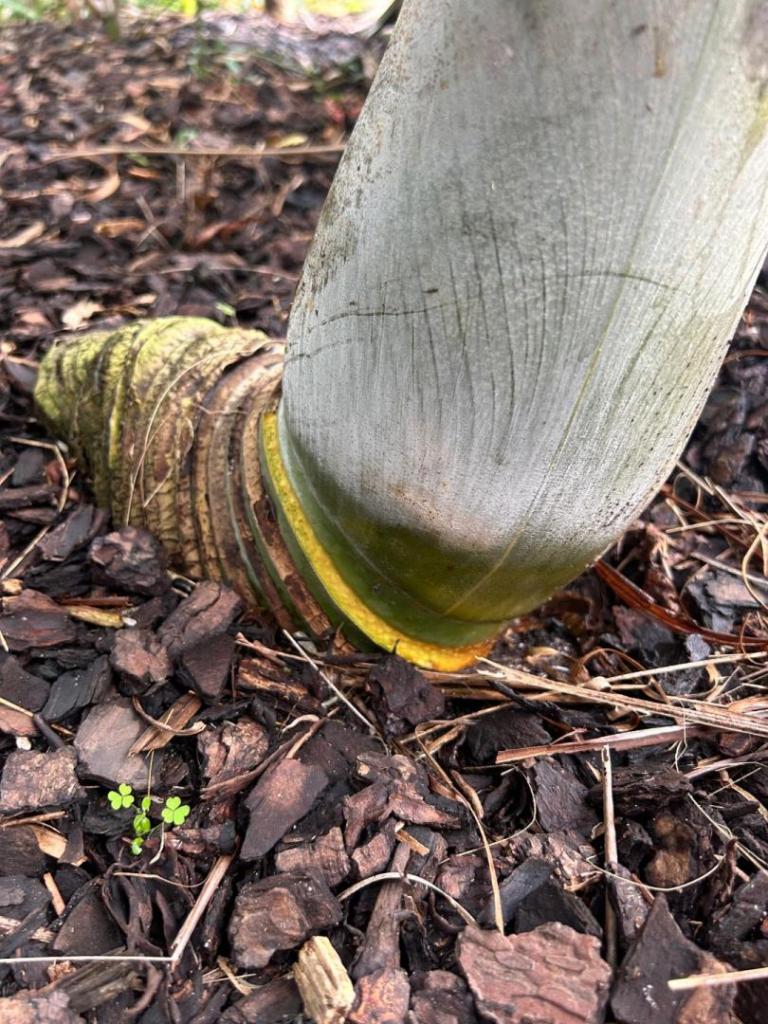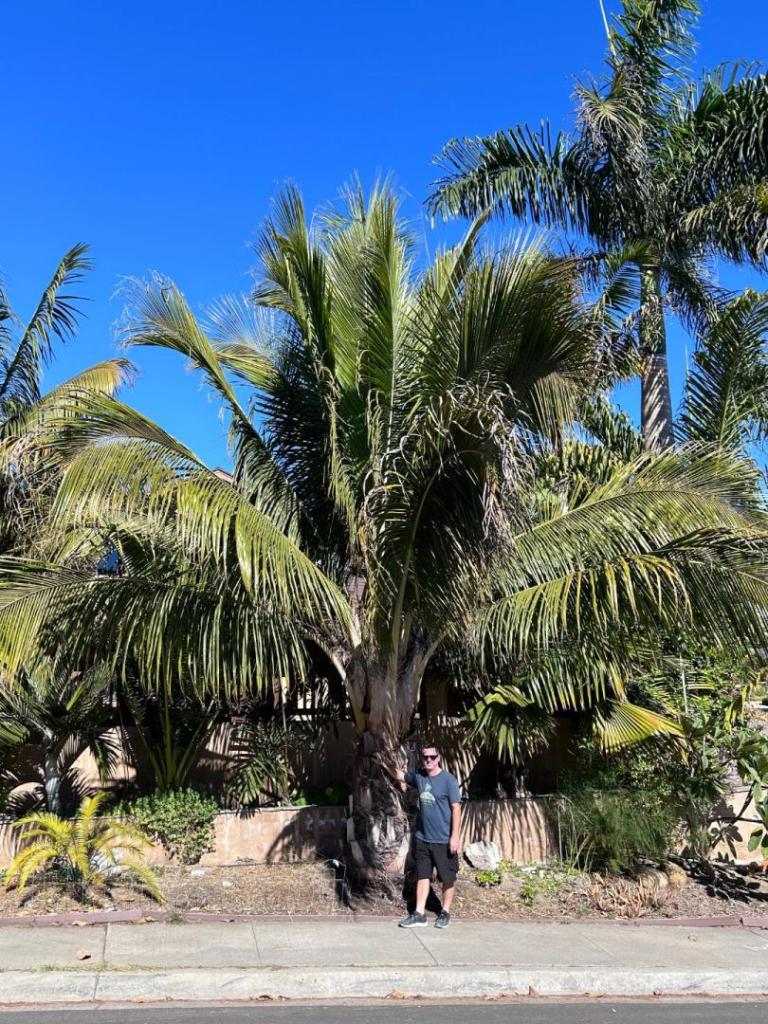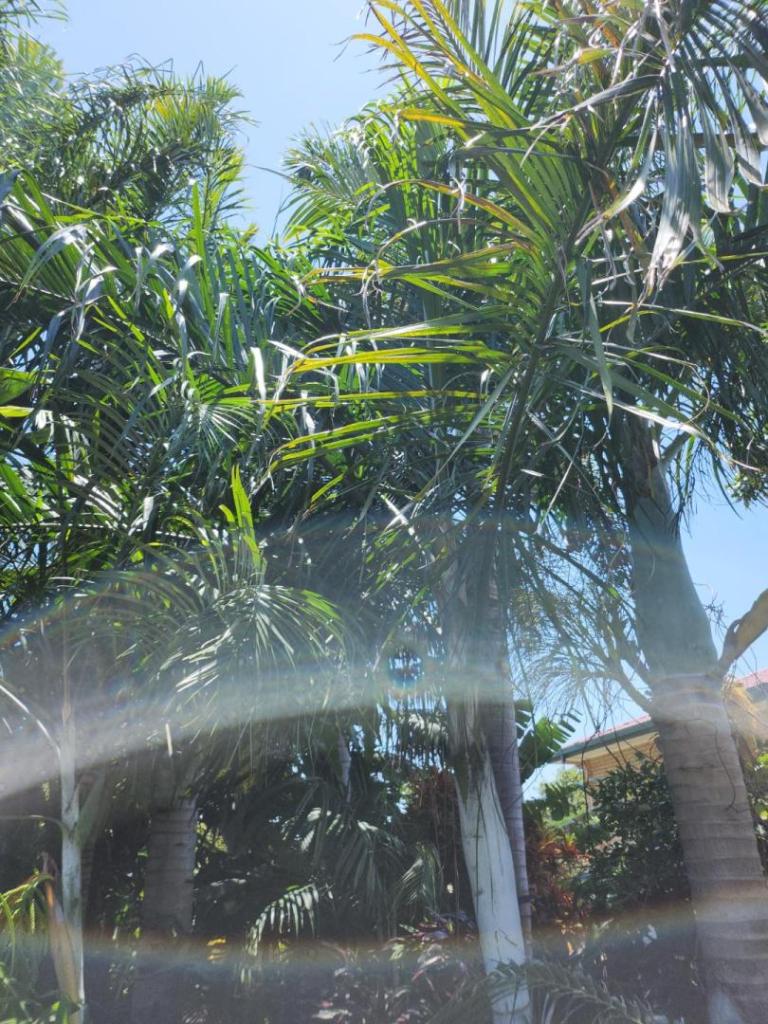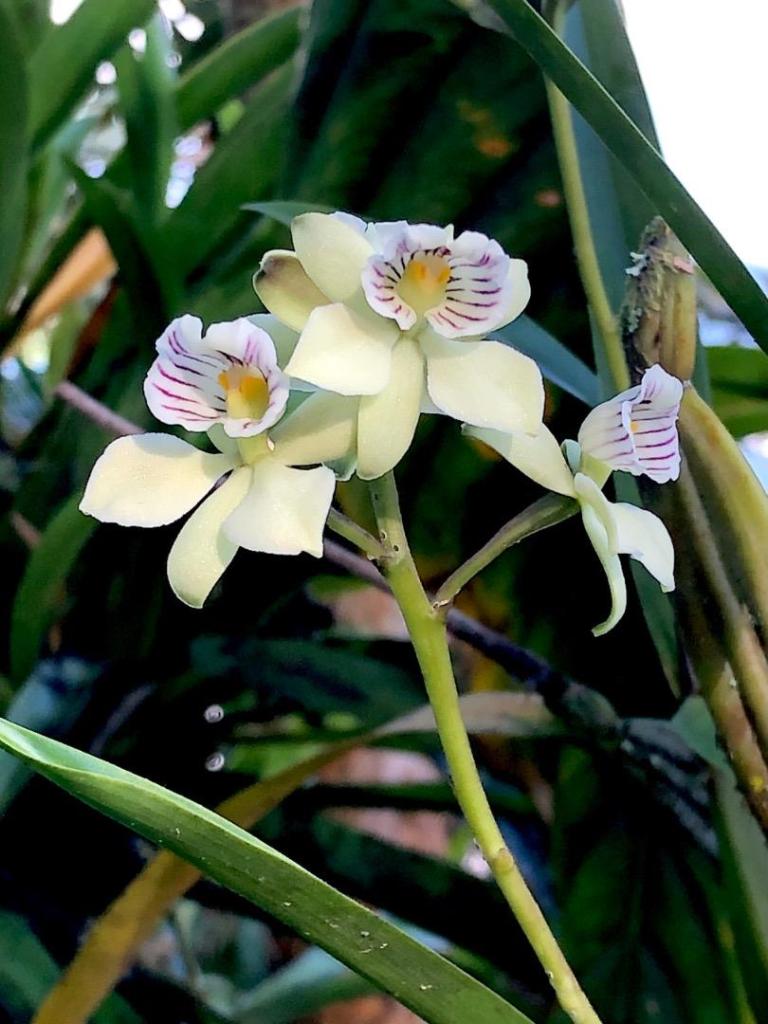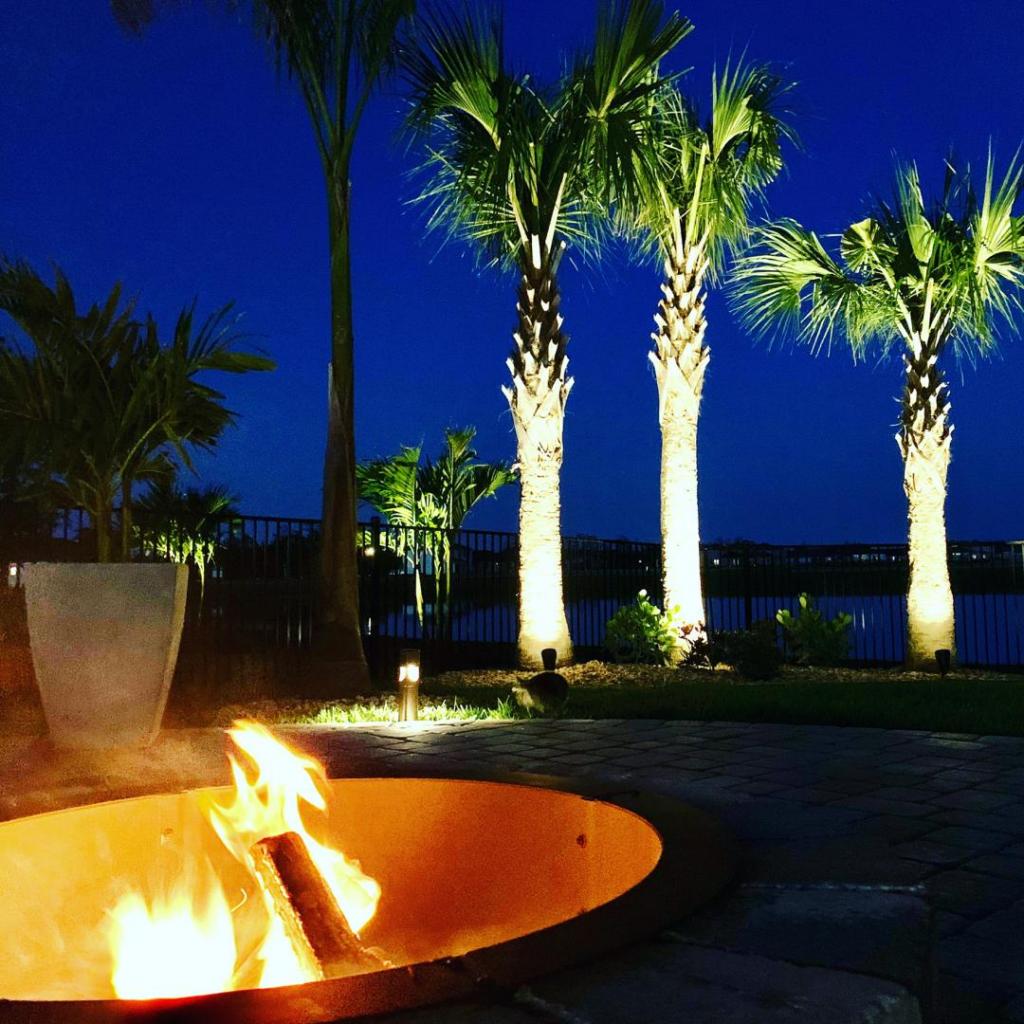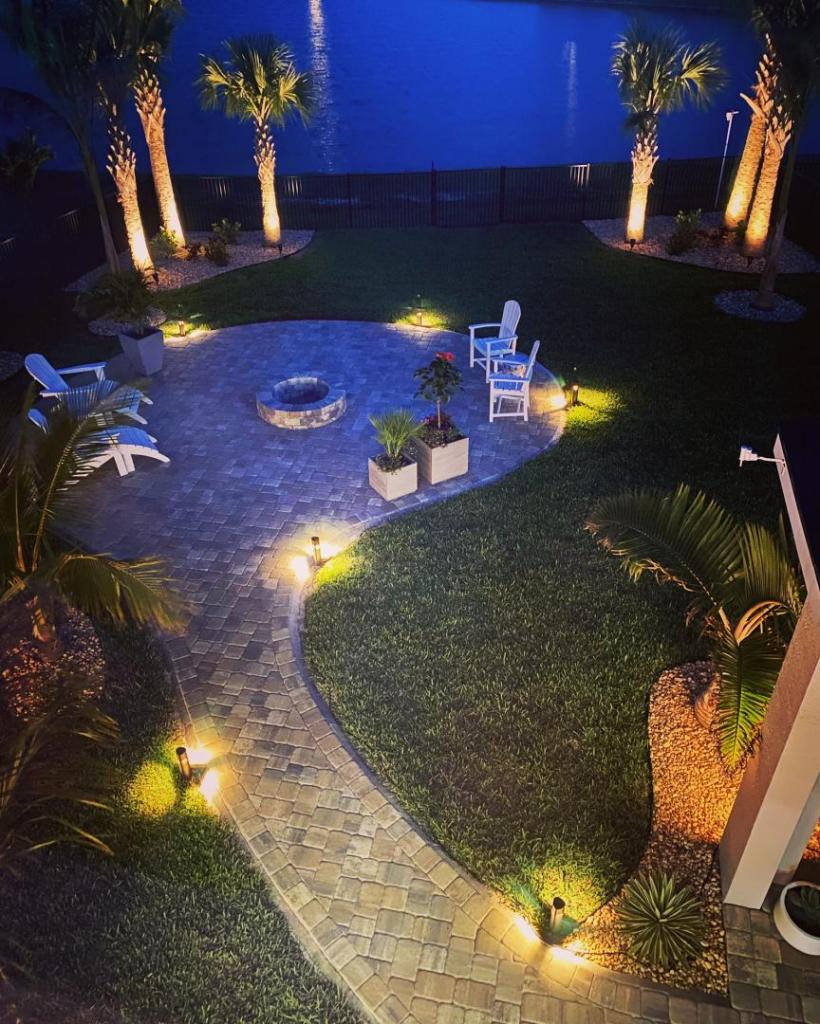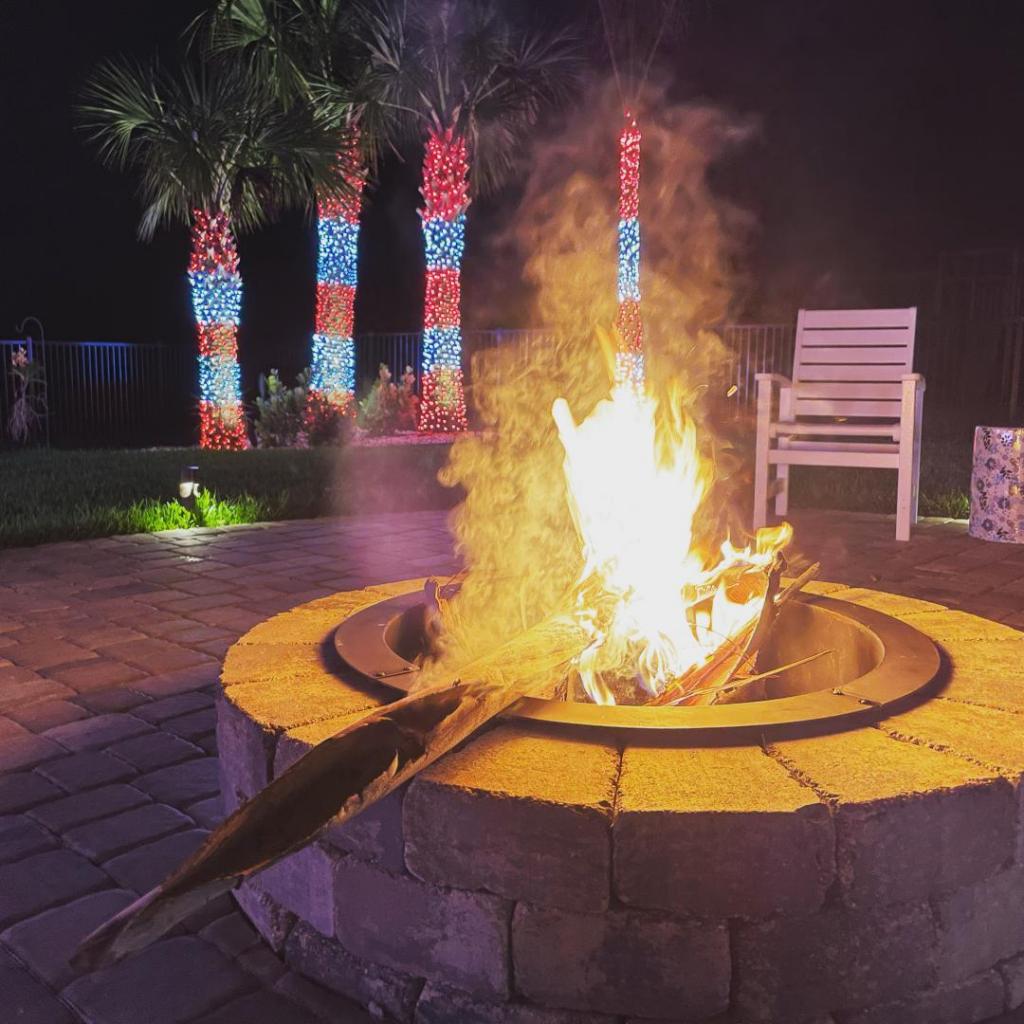Leaderboard
Popular Content
Showing content with the highest reputation on 11/26/2024 in all areas
-
In my area , it has been very dry . My daughter in San Diego has had rain already this year but here at our place , it has missed us. Saturday it rained lightly , not a gully washer but steady , light rain. Sunday I went out and just enjoyed the ambiance. The cool , damp feeling of nature watering my garden for me! I am pretty good at watering but I can’t compete with nature and rain. The nurturing of the rain after the brutal , harsh wind we had not long ago is very welcome . I just had to get out and enjoy. Harry it started with a walk down the west side of the house Oh , look! A new leaf emerging on my Pritchardia! The Chrysalidocarpus Lutescens enjoyed the rain as did the front yard!12 points
-
I can’t help myself I had to buy another 500 Joey seeds seeing as I love them that much. It’s a ten year project to grow the best I can over those years and beyond into retirement for a couple of palms to sell. An investment into my retirement fund hopefully one day iam sure in ten years or more the market in my area will have changed as it is slowly changing now. With more people moving into the area building a lot of houses and retirement plans The seeds are sown in coco coir perlite mix and will be placed in the hothouse one box I placed on top of heat mats just for fun. I have germinated them before without heat mats just fine there quite tough Joey palms very forgiving in most departments except for watering let them dry out and it’s game over. I also purchased 200 licuala paludosa just for fun to grow a few on the side I like slow growing palms there my preference in palms. Fast growing palms I don’t really have the patience for constantly repotting and the maintenance involved in the cultivation of them it’s just to much work5 points
-
4 points
-
I have been collecting seeds of this chambeyronia for a seasons now. I have known about this chambeyronia for over thirty years in yard in coff# harbour always admiring it as drove past keeping an eye out for seeds when the time is right. So one day i knocked on the door and was greeted by a elderly lady by the name of Johanna very interesting to talk to originally from California an old hippie lady from way back with many tales of the 70s with a wonderful view of life. As you talk to a person you learn more about them. I offered some gardening services I could do in return for the seeds seeing the job that had to done I turned around to see the most eclectic mosaic that should be in an art gallery amazing what a piece of art. I asked about it did it have a name no she replied just a piece of art from another world that she visited she told me truly amazing what a wonderful lady with such a beautiful life she has lived, it’s wonderful to meet such humble happy people and the best bit was it was from a palm tree that I got to meet her. I could see vision well.3 points
-
I think you will have the market cornered on these! The Palm market here has evolved over the years . More folks are moving into other genus and species . It used to be almost all ( with the exception of the collectors)Queen and Pygmy palms with a dollop of King Palm . Now there are other ones popping up . I can see Australia becoming the new home to the “Joey”! Harry3 points
-
Thanks for posting here, your garden looks amazing and I always like seeing my Chrysalidocarpus keep them coming!3 points
-
3 points
-
2 points
-
It will be interesting if this palm survives winter. There are some nice Calpytrocalyx palms but unfortunately most are quite cold sensitive there are a couple of cool tolerant ones. So I will go for a zone push with this one. No special attention in regards to cold protection apart from the hothouse time will tell if winte4 claims another palm.2 points
-
2 points
-
No, not at all. I was just referring to how seemingly similar winter climates like the UK and the PNW still aren't the same. And wanted to put to bed that just because the UK CIDP's can survive in the UK doesn't mean they will in most of Oregon. Cold hardiness of a palm is so variable based on climate., the conditions up to and immediately after the cold event, and the nature of the cold event itself I don't like saying "Palm X is hardy to XX degrees". There are some generalities to say these palms tend to the be the hardiest, but the top 3 or 5 palms that are hardiest to my area do not apply to everyone else.2 points
-
I have about 25 Oraniopsis inground. I started planting them in 1999 when some where gifted to me by the then head of the Atherton Tablelands National Parks Ranger. I’ve since germinated hundreds and began experimenting where to plant them but all accounts illustrate they need shade and water. Other places around the world like north land NZ can put them in more sun as the climate is tempered. When planted in red soil they grow quite fast.2 points
-
In the PNW when the rainy season starts, everything gets wet and stays wet for 5 or 6 months. Rarely do things every dry out, the grass is always wet, the soil is muddy, literally everything you touch is either wet or damp. There are a ton of products sold to kill moss because it grows on everything, and I mean literally everything. I've never been anywhere where moss grows on paved roads. Around the corners you see it mostly where tires do not normally drive over. CIDP's do not survive in Portland, and like I said it's not for lack of trying. Salem which is 45 minutes south of Portland, is marginally drier and does not get the outflow winds, but they get colder temps in winter due to the position in the valley. Washingtonia and CIDP's can hang on a few years there provided there isn't a particularly cold winter. I don't see the point in rehashing that they should survive, the fact is they don't. It doesn't matter how badly we want or hope that they'll make it, the plants will tell you if its suitable for them. It just goes to show that even in very similar climates you may not get the same results due to a factor or factors that we may be unable to determine.2 points
-
All of the pre-1980s CIDP in North Florida/Georgia and along the Gulf Coast in Alabama and Mississippi survived mid-low single digits.2 points
-
@TropicsEnjoyer two other possibilities come to mind. You *might* find them at a local nursery. I know I saw Arenga Engleri at a couple of places in Jax a few years ago. It prefers sun in FL but grows fine (if slowly) in shade. I have 12 clusters of Engleri here in the NW Orlando area. The other is Allagoptera Arenaria, which grows great in shade or sun and is also super hardy. That might be more difficult to find. One great opportunity for you is the CFPACS meeting at the St. John's Botanical Garden. It's probably a 20 minute drive for you and is on 12/7. I went to the last meeting at this garden, it's a great place to tour! Usually there's 20-40 different plants up for the auction, and around 5-10 PT members selling rare plants out of their personal nurseries. I'm not sure if I'm going to this one yet, but in the past I've bought Allagoptera Arenaria, Attalea Brejinhoensis, Beccariophoenix Fenestralis, Chamaedorea Seifrizii (a good option for you in shade), Chuniophoenix Hainanensis and Nana, a hybrid Livistona, Syagrus Schizophylla, Arenga Hookeriana (a super weird shade option), Rhapis Humilis, and Chamaedorea Radicalis. I'm sure people like @kinzyjr will be there.2 points
-
2 points
-
2 points
-
@Merlyn some good suggestions. C. Lutescens would be probably one of the most common . They are great palms and easy to care for . Harry ‘This one gets only a couple of hours of morning sun, the tallest stems (about 15’ tall) that are out of view are in sun . About 20 years from 3 gallon pot. It is still putting out pups.2 points
-
My first was a T Fortunei hand-picked picked from a from long line up at the Houston Garden Center. Unfortunately, it couldn't recover last year from the excessive drought, arctic blast, and high spring rains we had. Was a great palm for several years. I have replaced it with one from the local Lowes. Keeping the receipt (Lowes is very good when it comes to returns) but it seems to be taking off. Fingers crossed for a normal winter. ~ S2 points
-
Probably one of the most forgiving Chamaedorea is the Radicalis and the tree form gets tall without waiting a lifetime! Seeds are readily available , germinate easily , and subsequent growth comes quickly. You could also find plants from fellow collectors that are easily transplanted , I have them all over my yard. Harry2 points
-
2 points
-
Yeah it's fine. Older palms do this kind of thing - many species, including in the Phoenix and Washingtonia genus - eventually begin to produce roots all the way up the base of the trunk. A palm tree is the opposite of a regular tree (i.e. an oak or something) in that the living tissue are the innermost layers, while the dead tissue is the outermost layers. Eventually, if the root mass of the palm at the base continues to grow and expand, it cracks those dead, outer layers of "bark" that - being dead - have no capacity for further expansion. If anything, this may be considered a good sign that your palm continues to grow and further establish its root mass.2 points
-
2 points
-
Here here! Huge Chrysalidocarpus (Dypsis) lover here, who almost missed your thread (I’ll have to do better checking posts with more cryptic titles). Thanks for posting! I know I’m still learning stuff, and frankly a lot of us just love seeing each others’ collections (i.e. “palm porn”).2 points
-
This is anecdotal, but there is a healthy Jubaea chilensis growing in Borrego Springs, California. You can look up the climate date, but it is similar to that of Northern Iraq, I assume!2 points
-
Here is another of my early days of hunting palms. I took this photo behind Alligator Alley in Oklahoma City in 2010. They had a nice Trachycarpus surrounded by bamboo that had me pretty amazed. I didn't realize just how many Trachycapus killing winters the next 14 years would bring to Oklahoma, of course. I was just excited to see if I could grow something that cool.2 points
-
2 points
-
A wonderful colourful lady Johanna is that’s for sure. I used to a bit of deep sea fishing and there was a fish cleaning bench at the club you just never knew who you where standing next to talking away with them just a common interest be it gardening or fishing. Now when I speak to an elderly person I practically interview them about their life you learn some amazing things. Richard2 points
-
2 points
-
2 points
-
More plantings of the group have been done recently. First Chrysalidocarpus baronii in the shade in the front. Im hoping the spot gets cool breezes in summer and shade much of the year to keep it cooler. Next is the teddy bear (Chrysalidocarpus leptocheilos). This one i had trouble picking a spot i liked with the right amount of sun and ease of access for watering (another issue im having that will be rectified soon i hope). Third is Chrysalidocarpus basilongus, the wild card i'm not too sure on cold tolerance. Since it is smaller too it gets a spot closer to the house that i will see daily (while i watch for the bubblegum pink to appear again). Fourth is Chrysalidocarpus saintlucei, about ten feet away from the basilongus and a but higher for drainage. It was pushing itself out of the pot by the roots so now it can reach for the groundwater. Last is the Carpoxylon macrospermum in the same part of the brightly lit forest area. My hope is good light and some frost protection for them but i will cover them on cold nights anyway until i know how it works here. The one frost last year was not terrible and only really visible on the house and cars; plants had some but not a layer of it. All others have been fertilized and potted up as needed, way faster than i anticipated for some. The Arch. purpurea also has a tinge of color starting to show that is not visible in photos much yet. All around looking good, but palms planted in the ground all get shorter petioles and smaller leaves at least at first. Im hoping they grow out of it, but if not the Bentinkia will be moved back into a large pot unless the fall cool down changes things.2 points
-
Very nice garden shots Harry! Hope y'all get some decent rain. My palms here were mostly just existing through the dry hot summer with city water irrigation but are now really growing well with all the rain we got in September and October. No rain this month yet though.1 point
-
1 point
-
So the PNW determines a palm species cold hardiness lethality temperature? So the CIDPs grown in the PNW really only exist along the southern Oregon coast, where all-time lows are not much below 20f. Multiple events in multiple regions in multiple years prove the cold hardiness lethality temperatures listed in the video as false. Regardless what happens in Portland or Eugene with no long-term CIDP's. That is exactly like Phoenix choosing the lethality temperature of a coconut. Foolishness.1 point
-
Bigger is better for the root ball. The good thing is that both palms are ones that can be transplanted successfully, even at large sizes.1 point
-
Tin, The system looks to be made by “brilliance” (brillianceled.com). It’s a single transformer that is driving about 26 lights (mostly up lights) as well as all the stair lights. It comes with a smartphone app that even I can figure out. Hope this helps a bit.. Bret1 point
-
@TropicsEnjoyer greetings! Nice to meet you! What’s the size range you’re looking at? There’s oodles that’ll grow in your situation; give us more details. Like the city and county in Florida you’re in.1 point
-
I have a couple of Queens as well as others that have done this. It doesn’t hurt them . Harry1 point
-
1 point
-
1 point
-
Wonderful story . Great batch of seeds and always a cool way to meet people , over gardening . Especially a beautiful palm such as that. Harry1 point
-
At another San Diego garden. Open pollinated hybrid suspected of being Chrysalidocarpus decipiens x ambositrae Could be the largest Beccariophoenix alfredii in California Chrysalidocarpus 'White Waxy' at Tracy's garden in Encinitas Chrysalidocarpus saintelucei Chrysalidocarpus pulilifera (Jurassic Park) Josh standing next to a Chrysalidocarpus pembanus x decaryi (TriBana) that I sold him about 8 years ago Chrysalidocarpus lutescens x decaryi (Golden Triangle Hybrid) also in Josh's yard Josh's succulent garden Chrysalidocarpus pembanus x leptocheilos hybrid that I made A parting sunset shot.1 point
-
1 point
-
1 point
-
1 point
-
1 point
-
1 point
-
1 point
-
1 point
-
I expect Ken Johnson could give us the history on C. renda var Theodora Buhler. It should be noted that Teddy was the executive secretary of the Palm Society for many years, and pratically ran the Society. (See Memorials, Theodora Buhler). Teddy also found a clone of Chamaedorea stolonifera growing in Germany in a botanical garden and got a sucker from it. She brought it back to the USA and propigated it and spread it around. It was thought at the time that C. stolonifera was extenct, in its native habitat, but later on a colony was found in Mexico. The Teddy Buhler clone has a different apperance with wavey fronds and is still refered to as "The Teddy Buhler clone." Dick1 point



























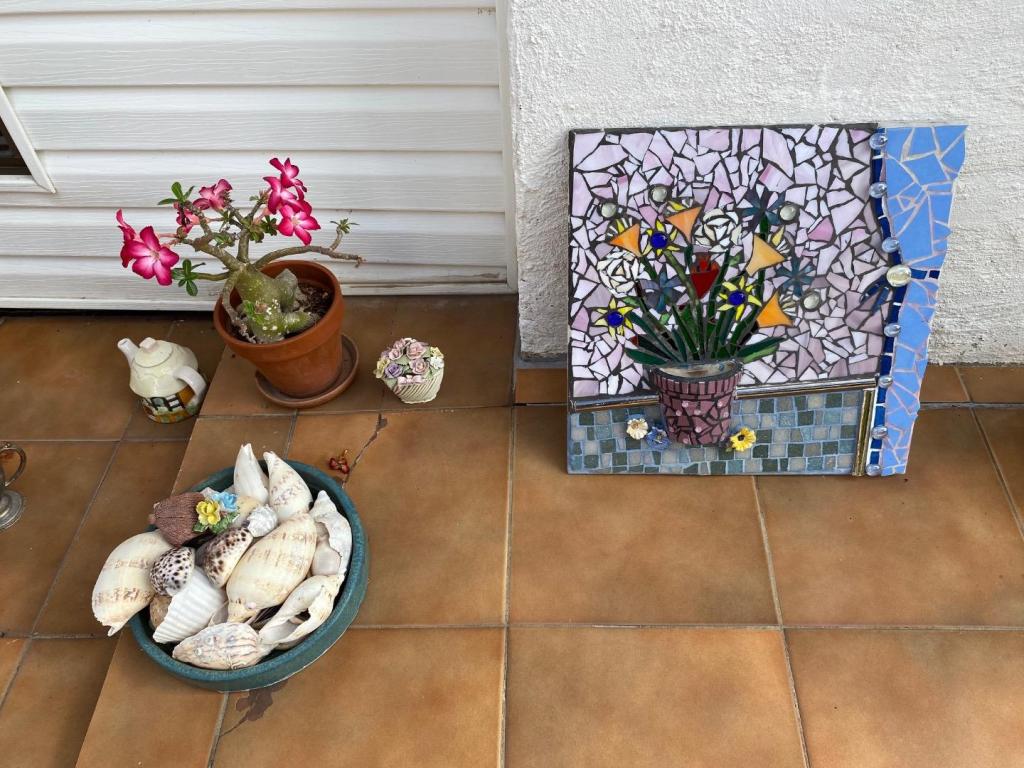

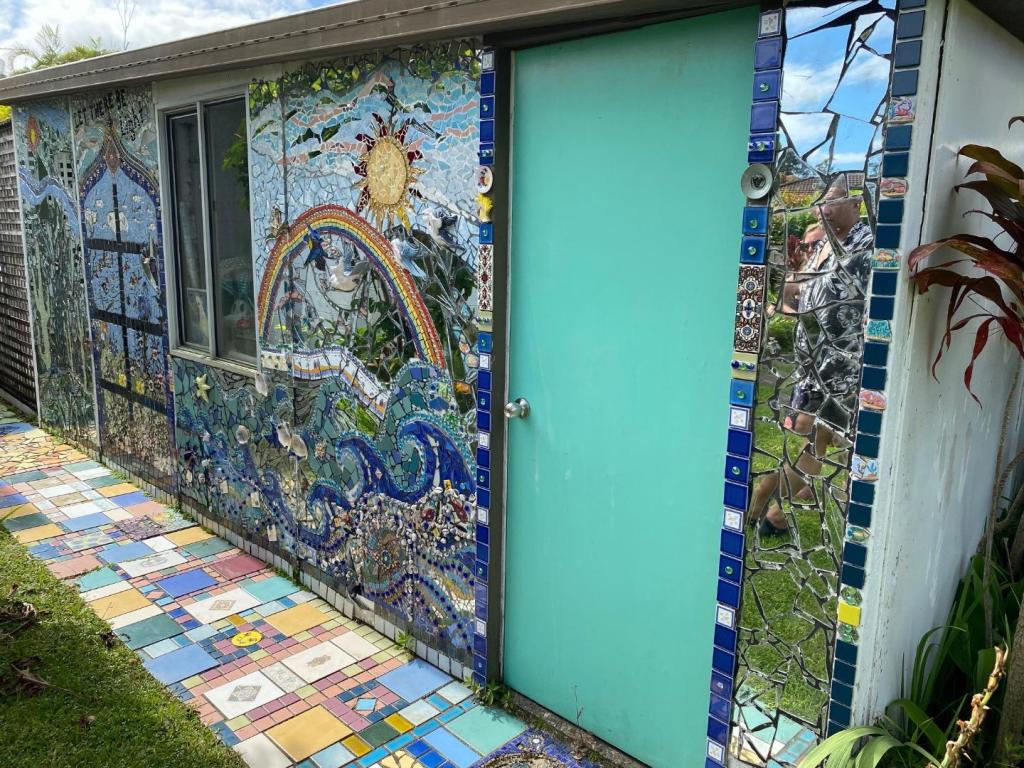


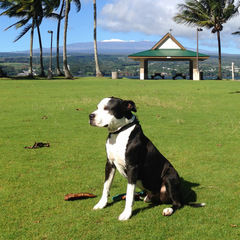


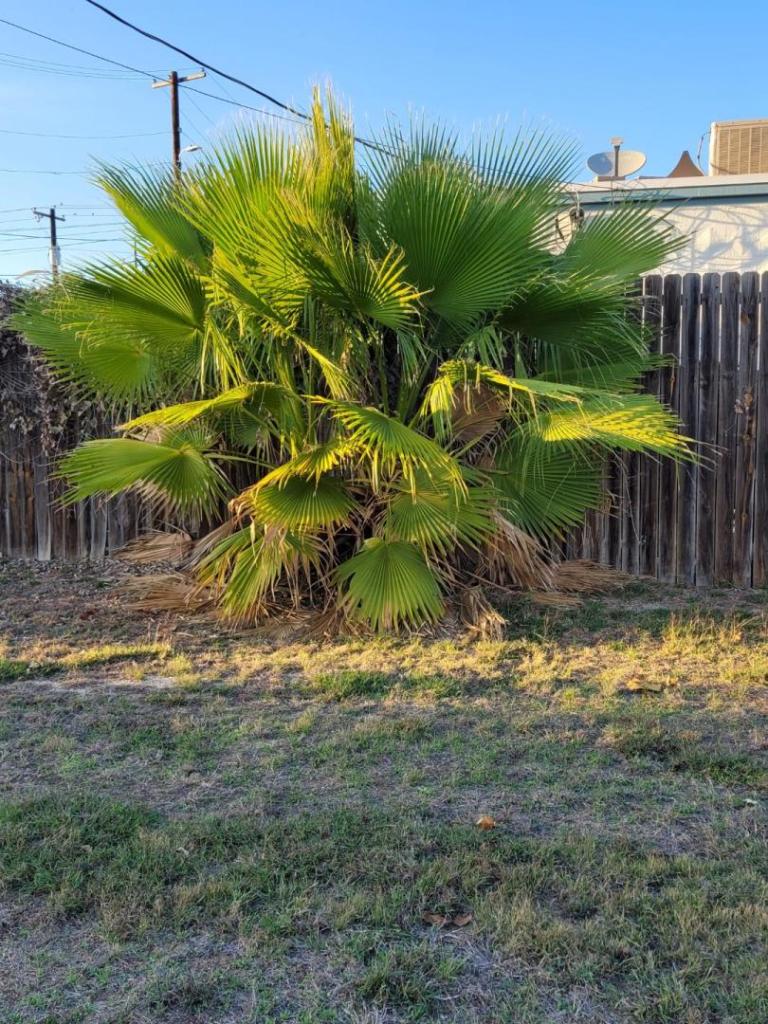


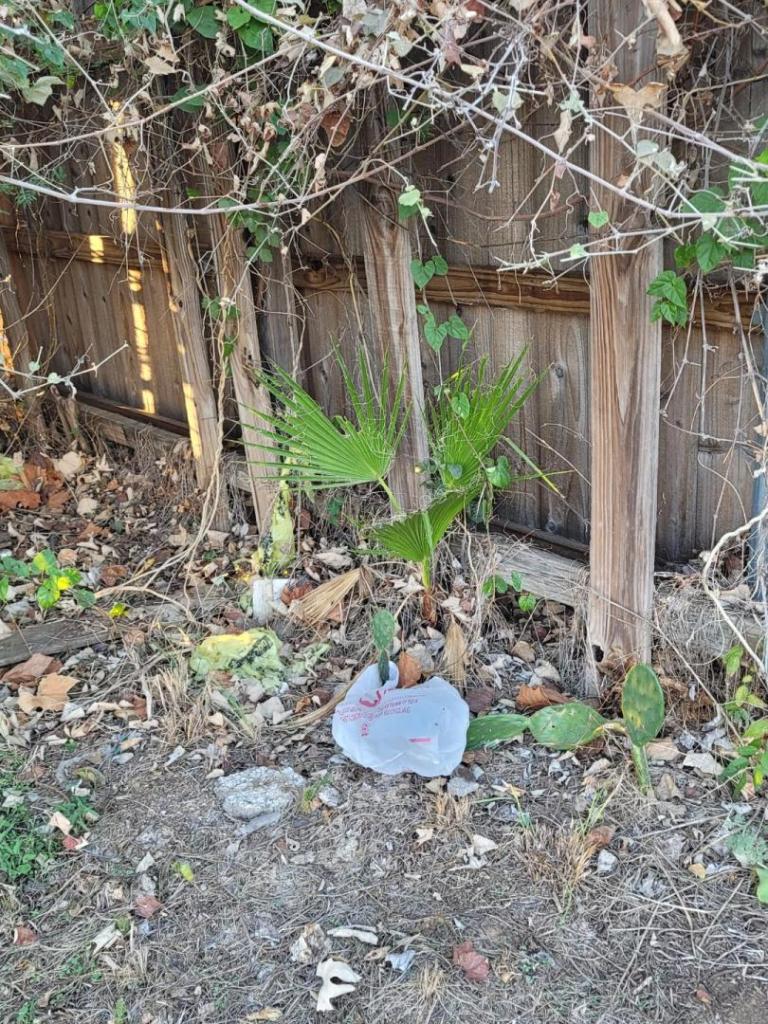
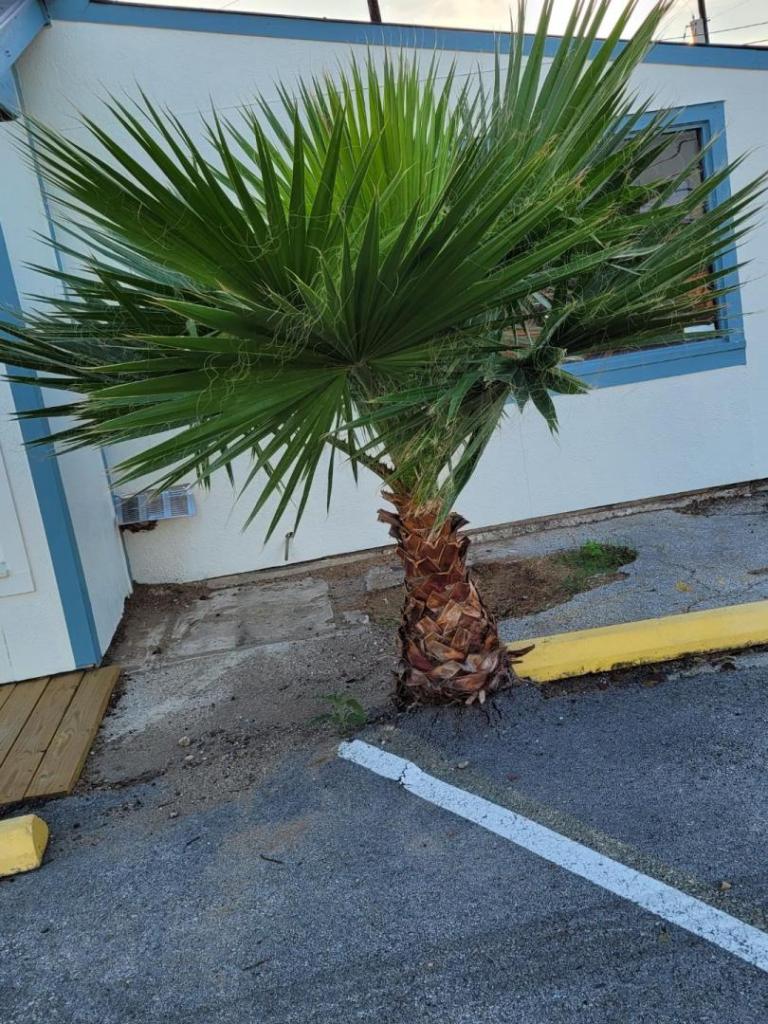


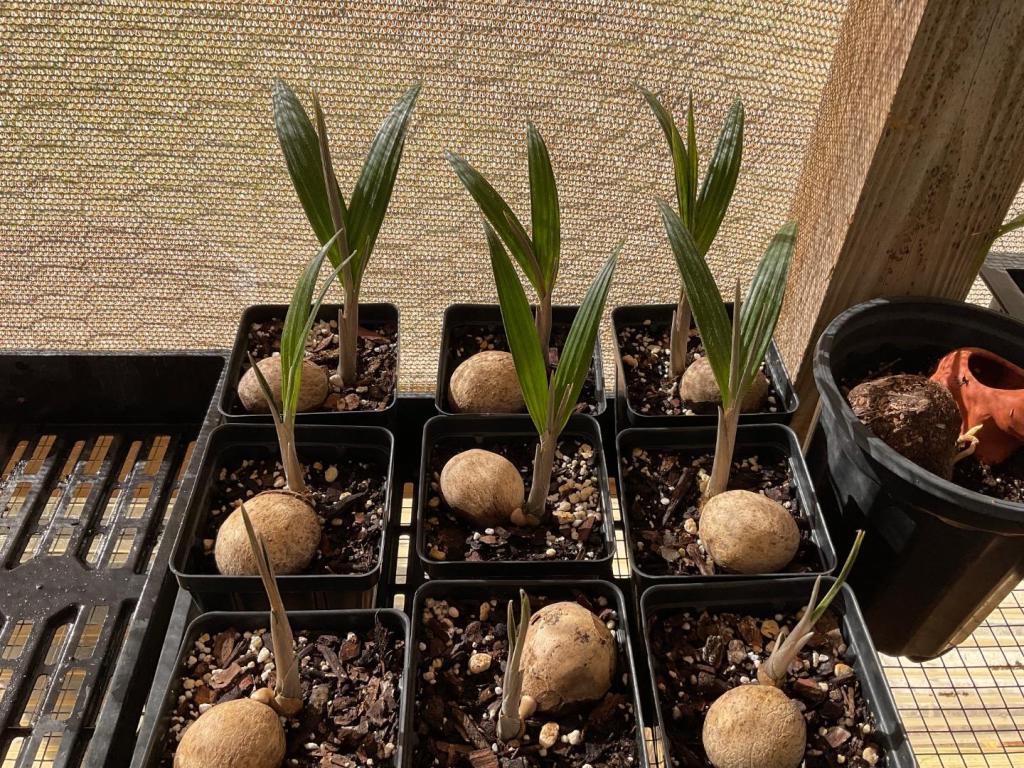


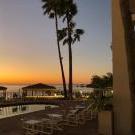






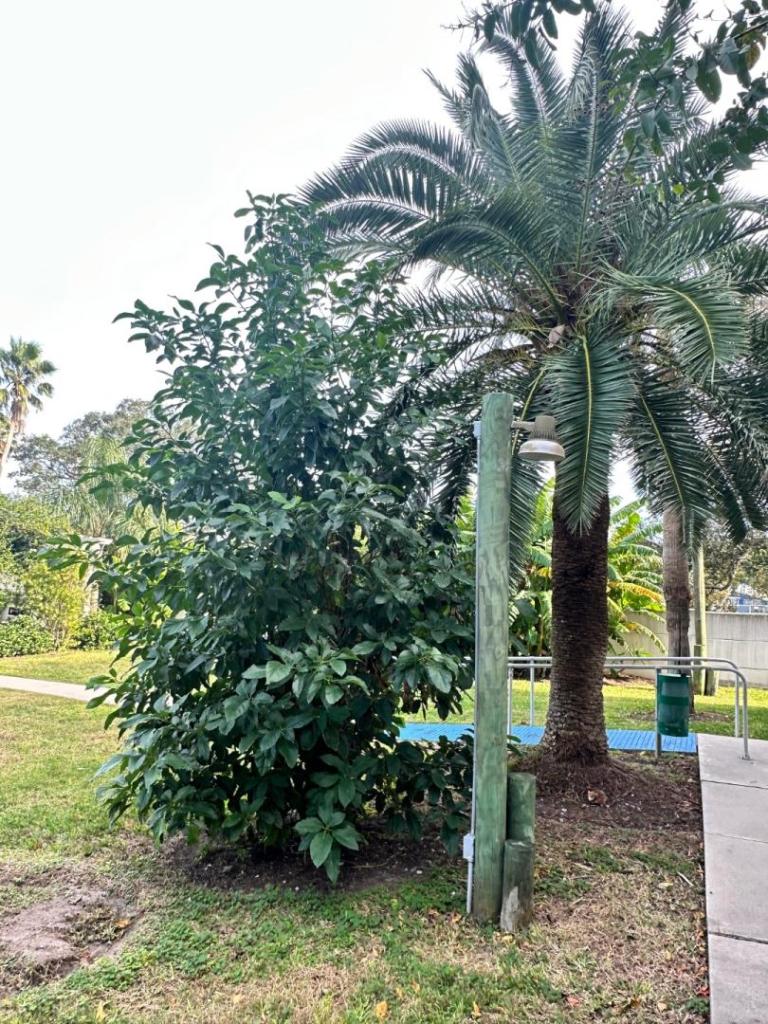
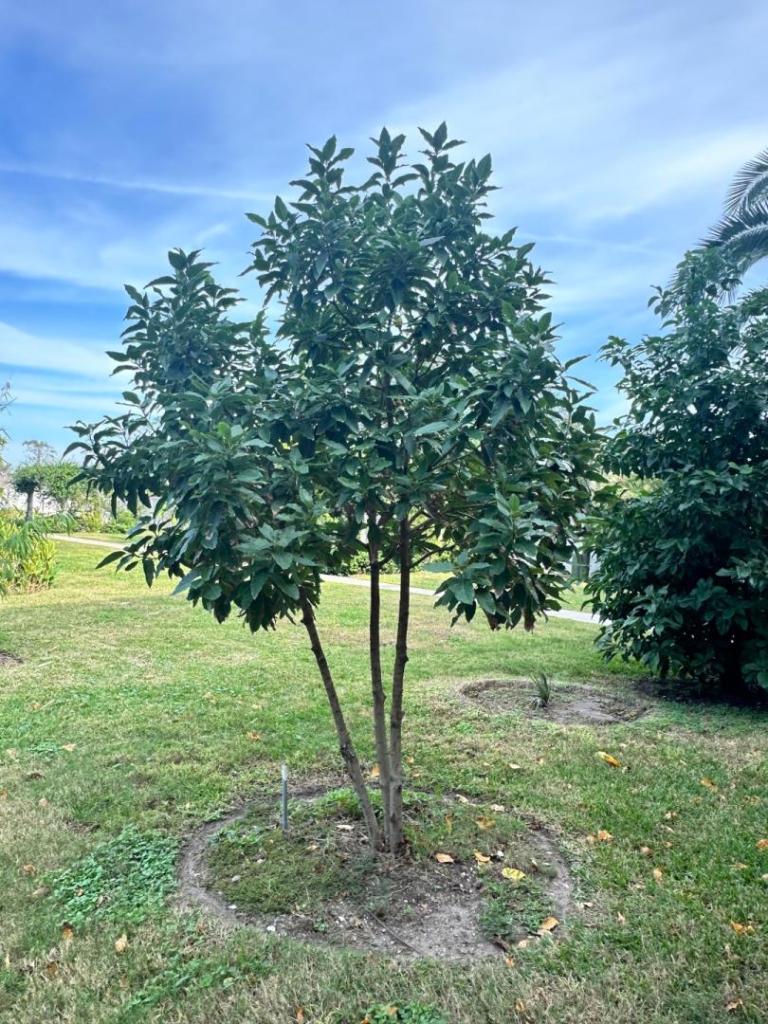
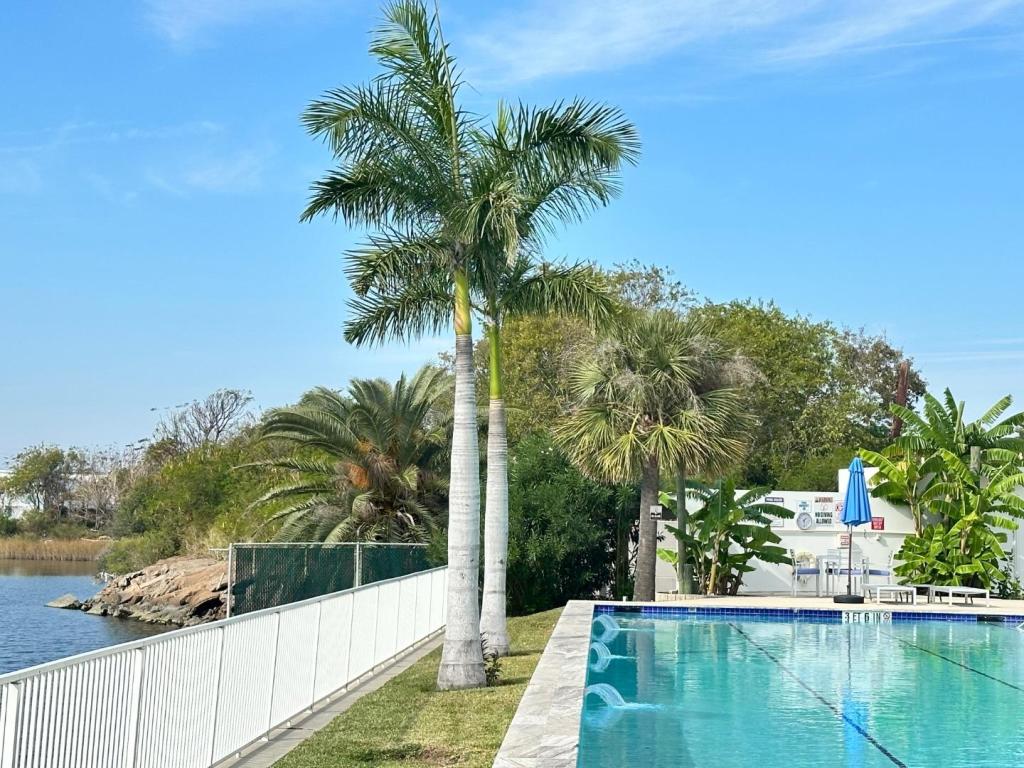
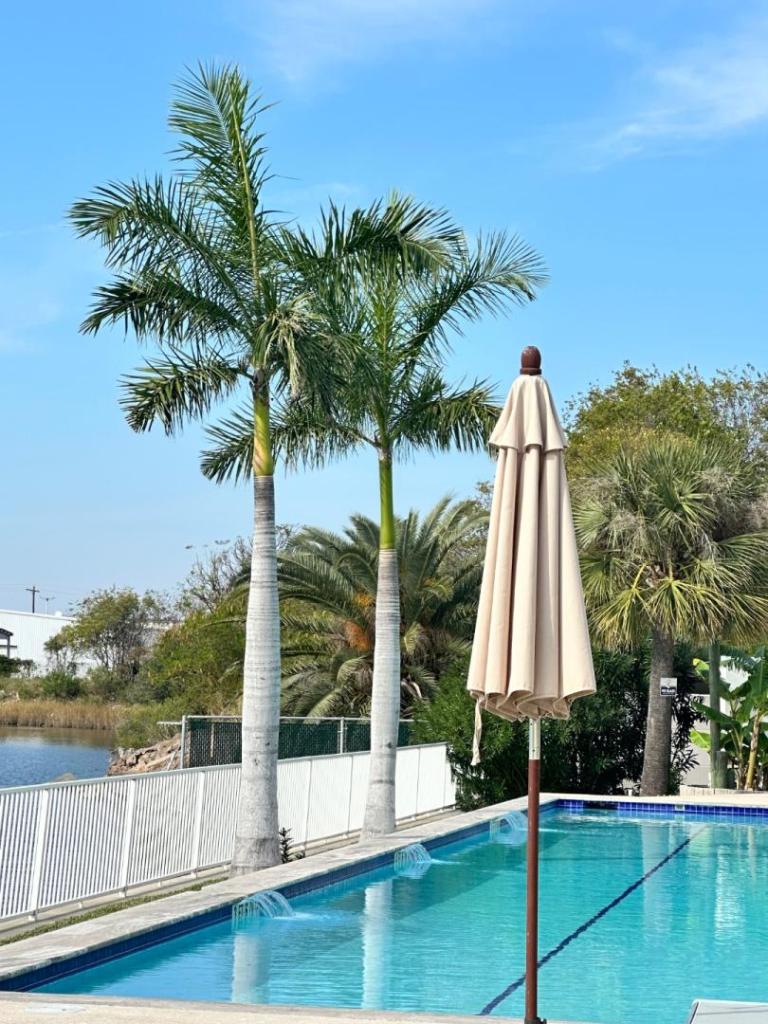

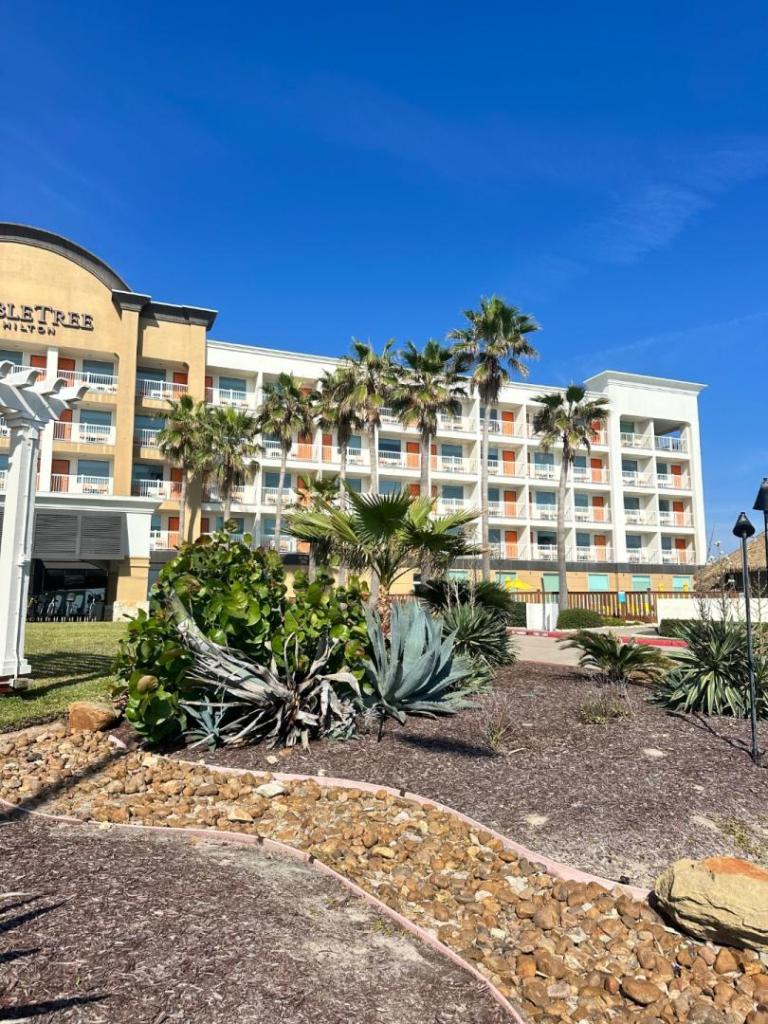







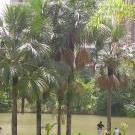











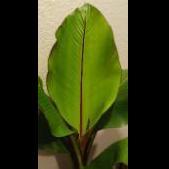

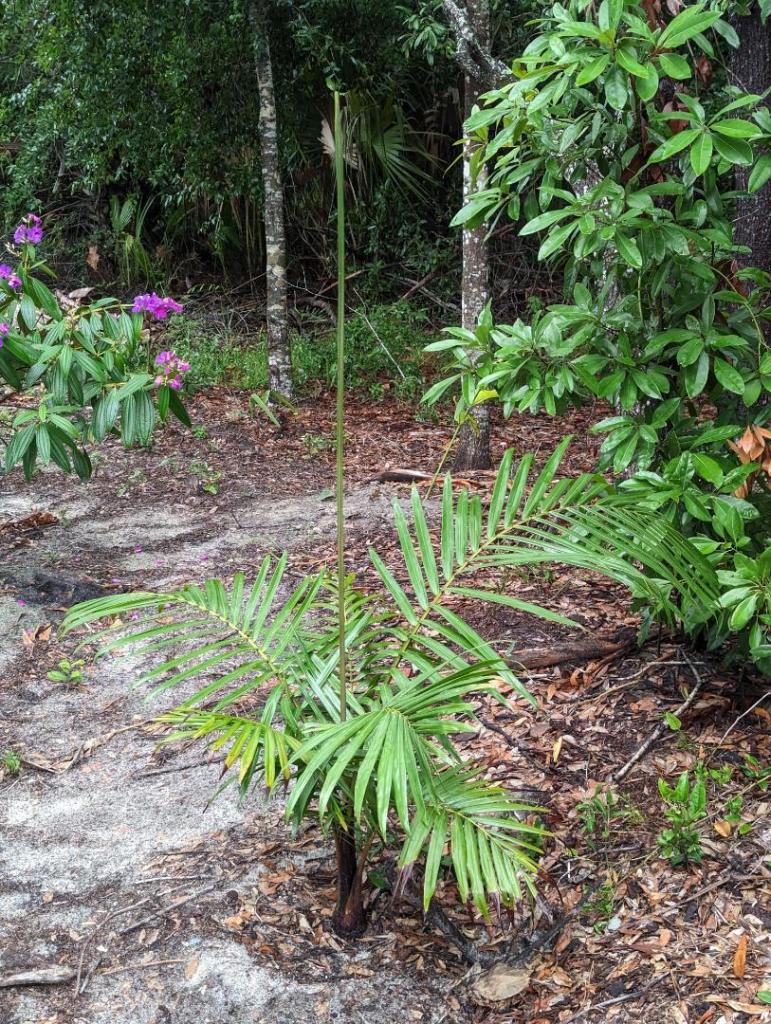





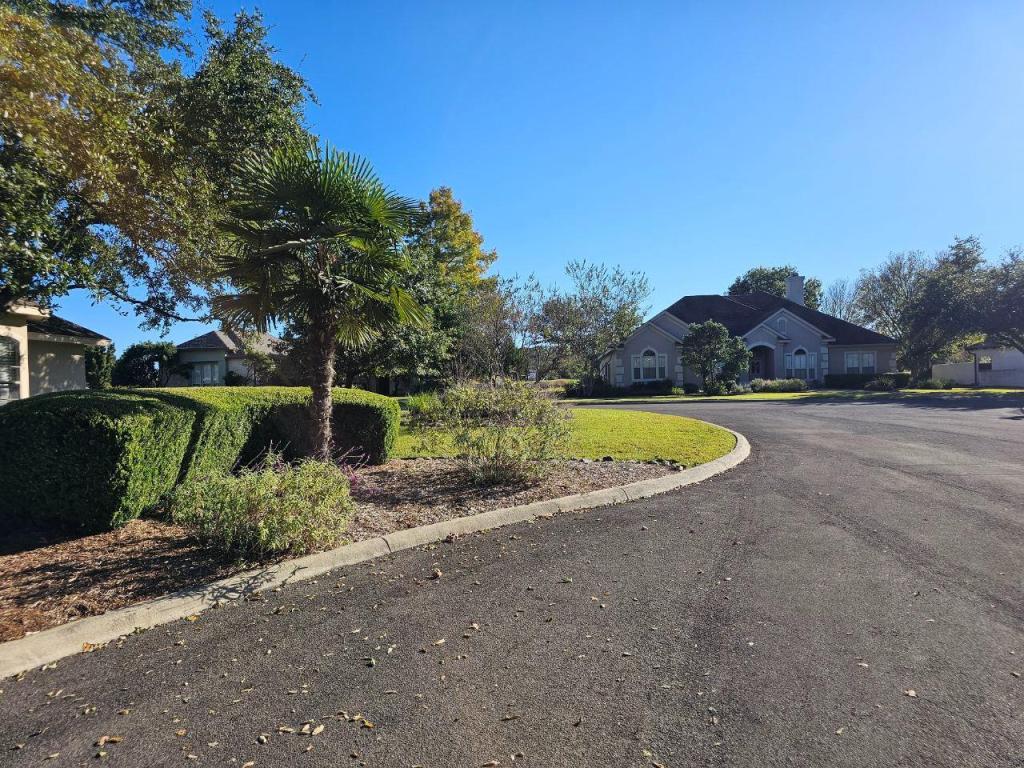

.thumb.jpg.379fdef9c07d9df0cd203bc193f2e3c2.jpg)




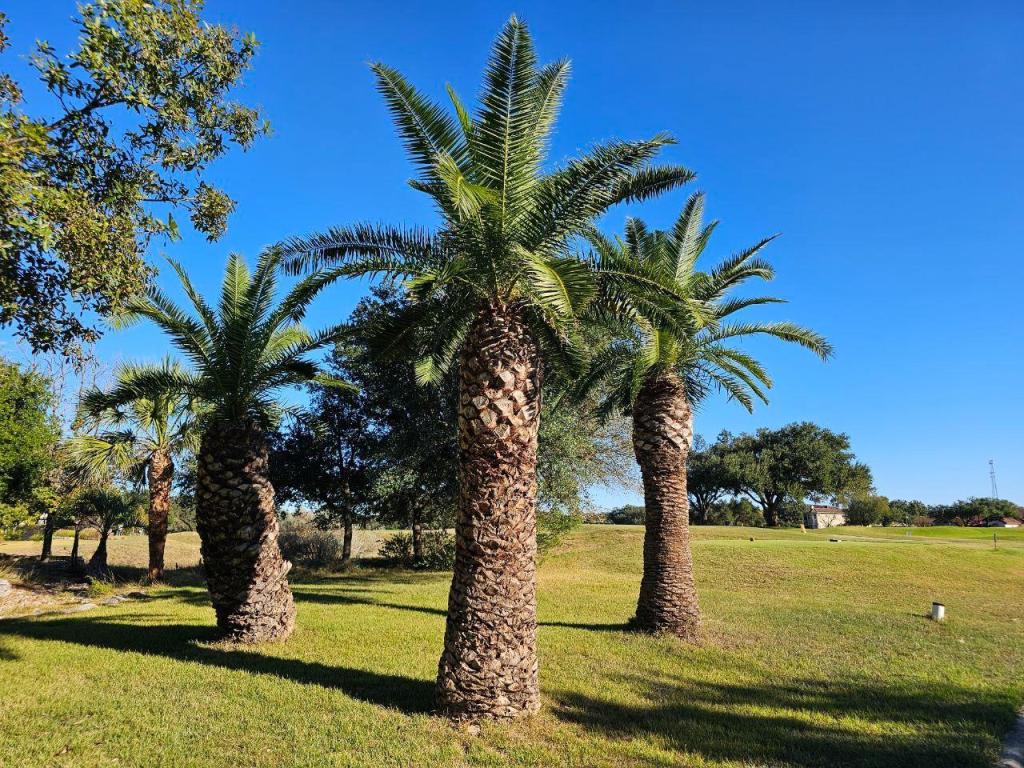





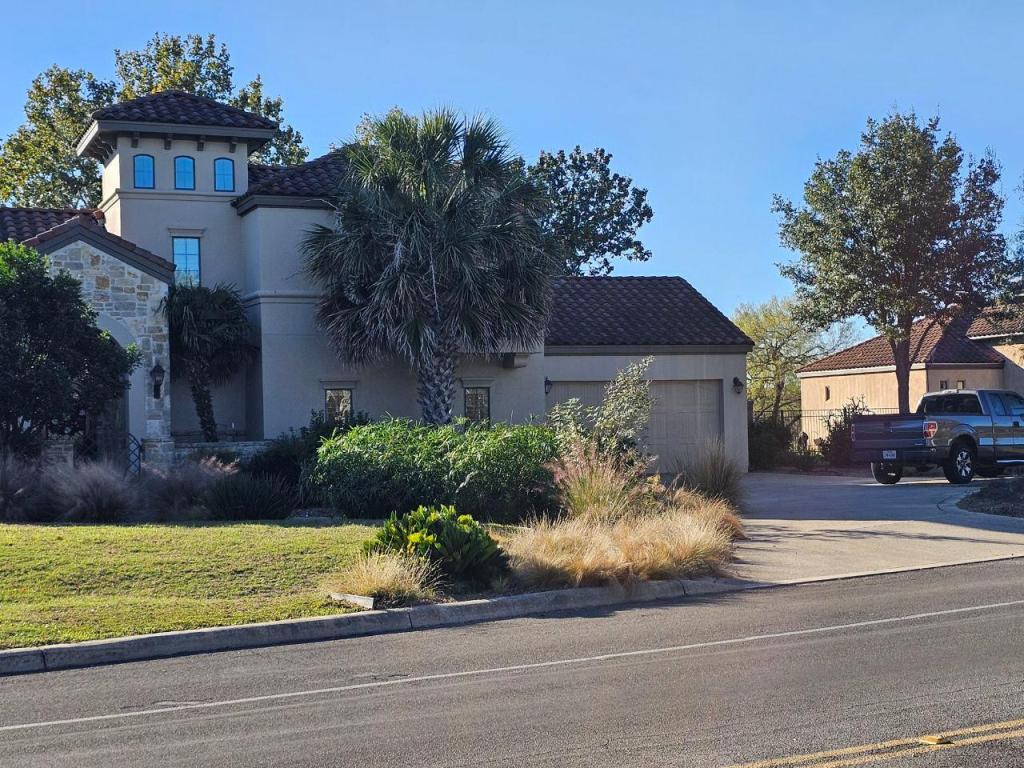


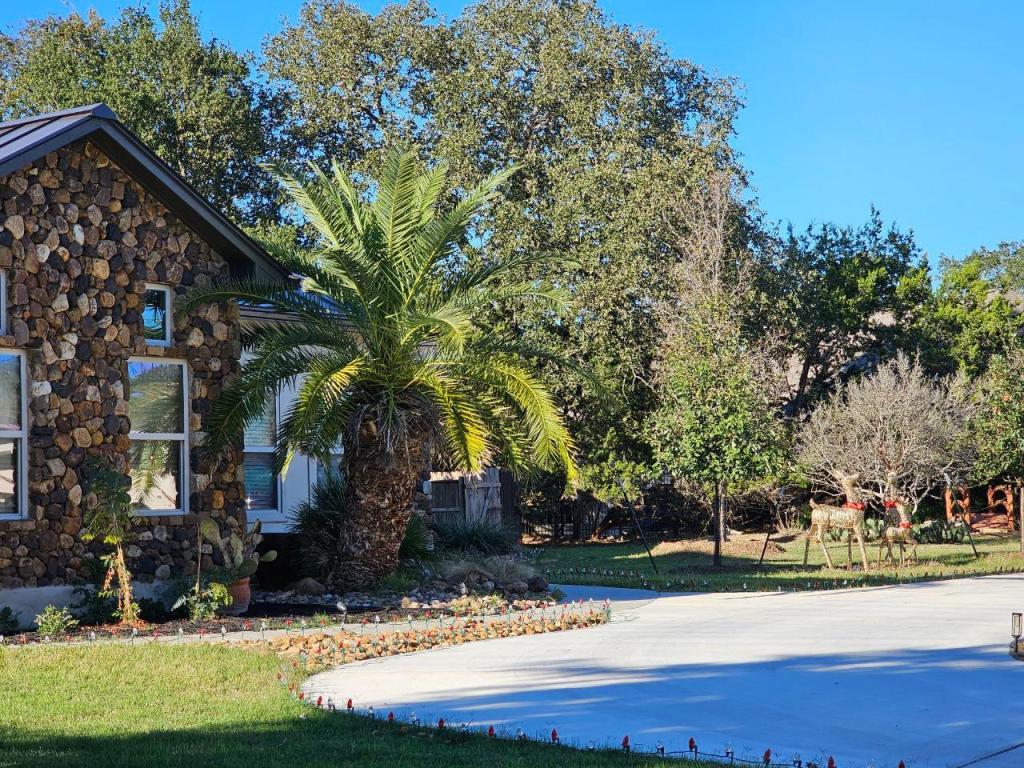
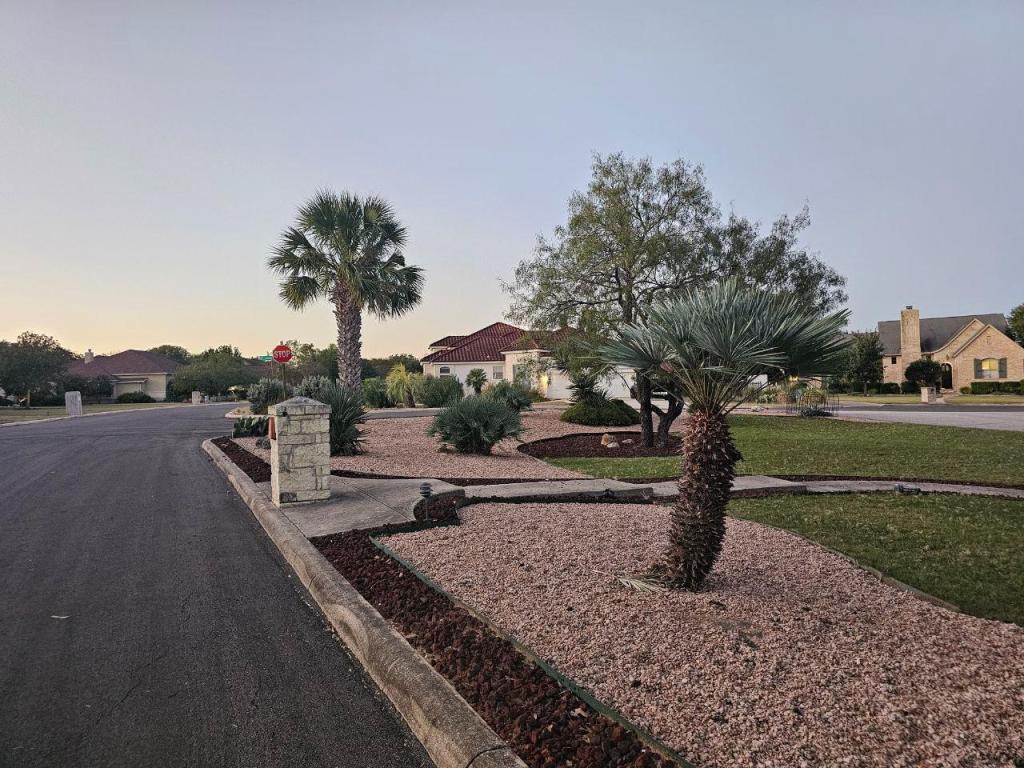
.thumb.jpg.3a6b1880ade733cfda90a52e418d2568.jpg)

